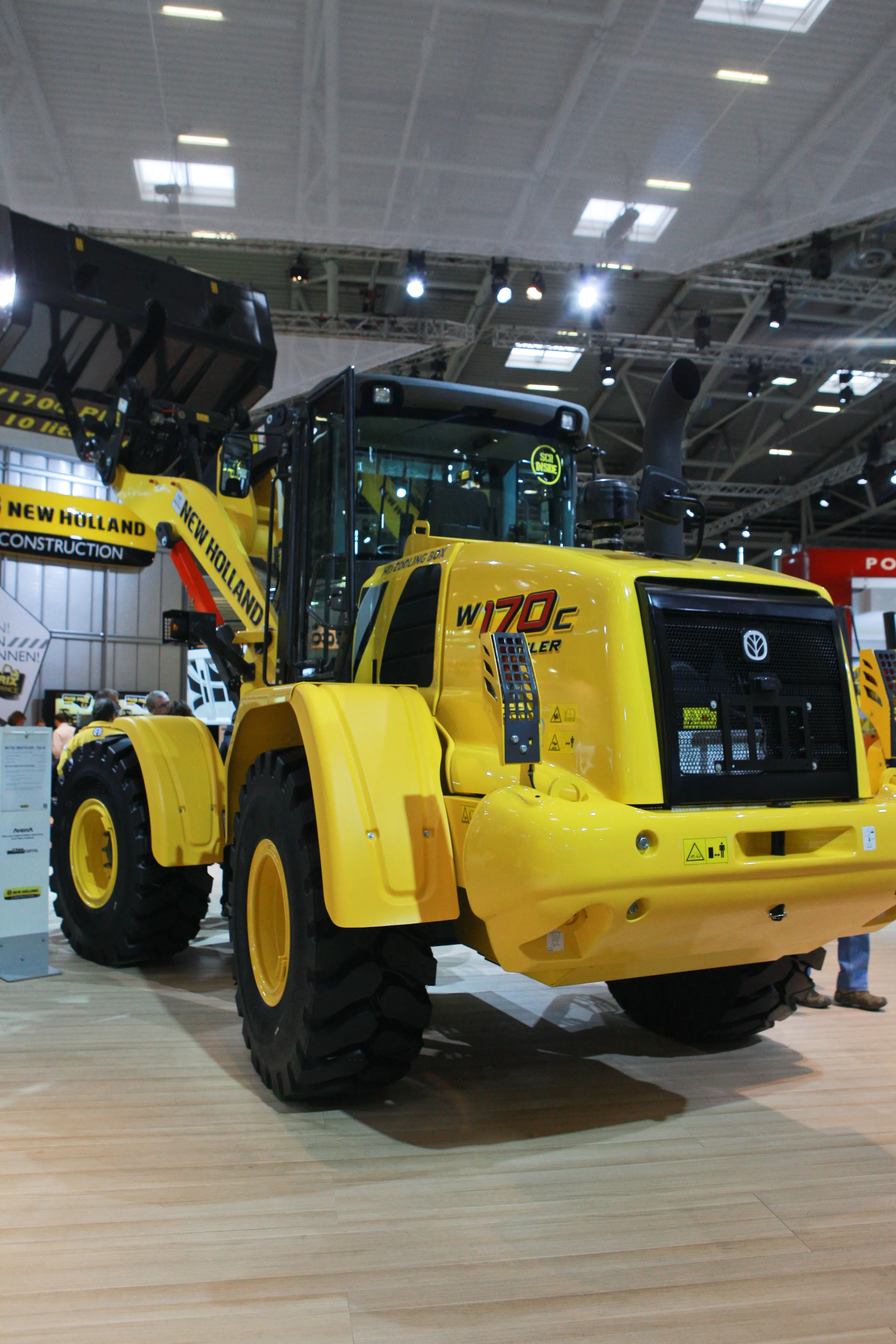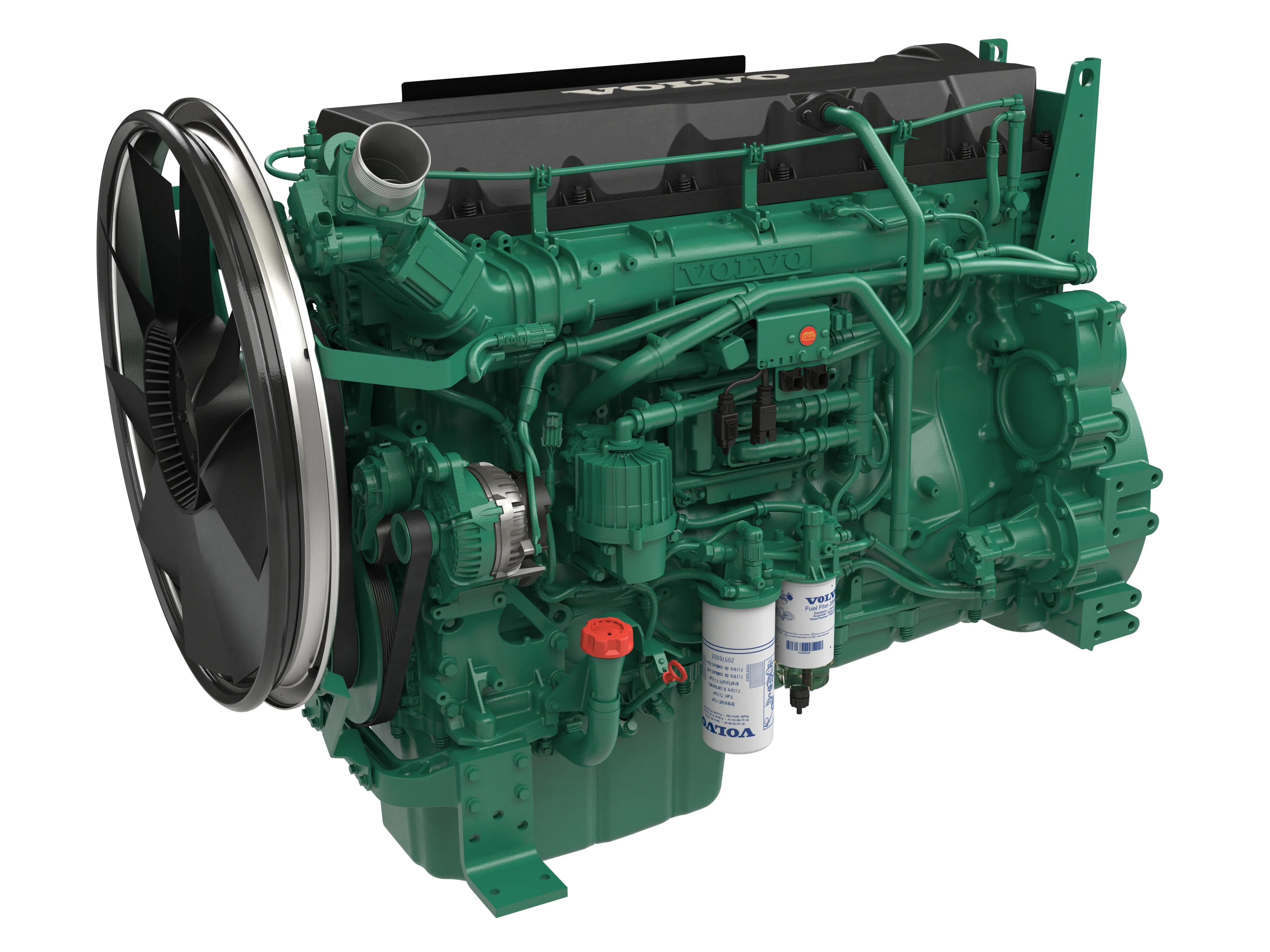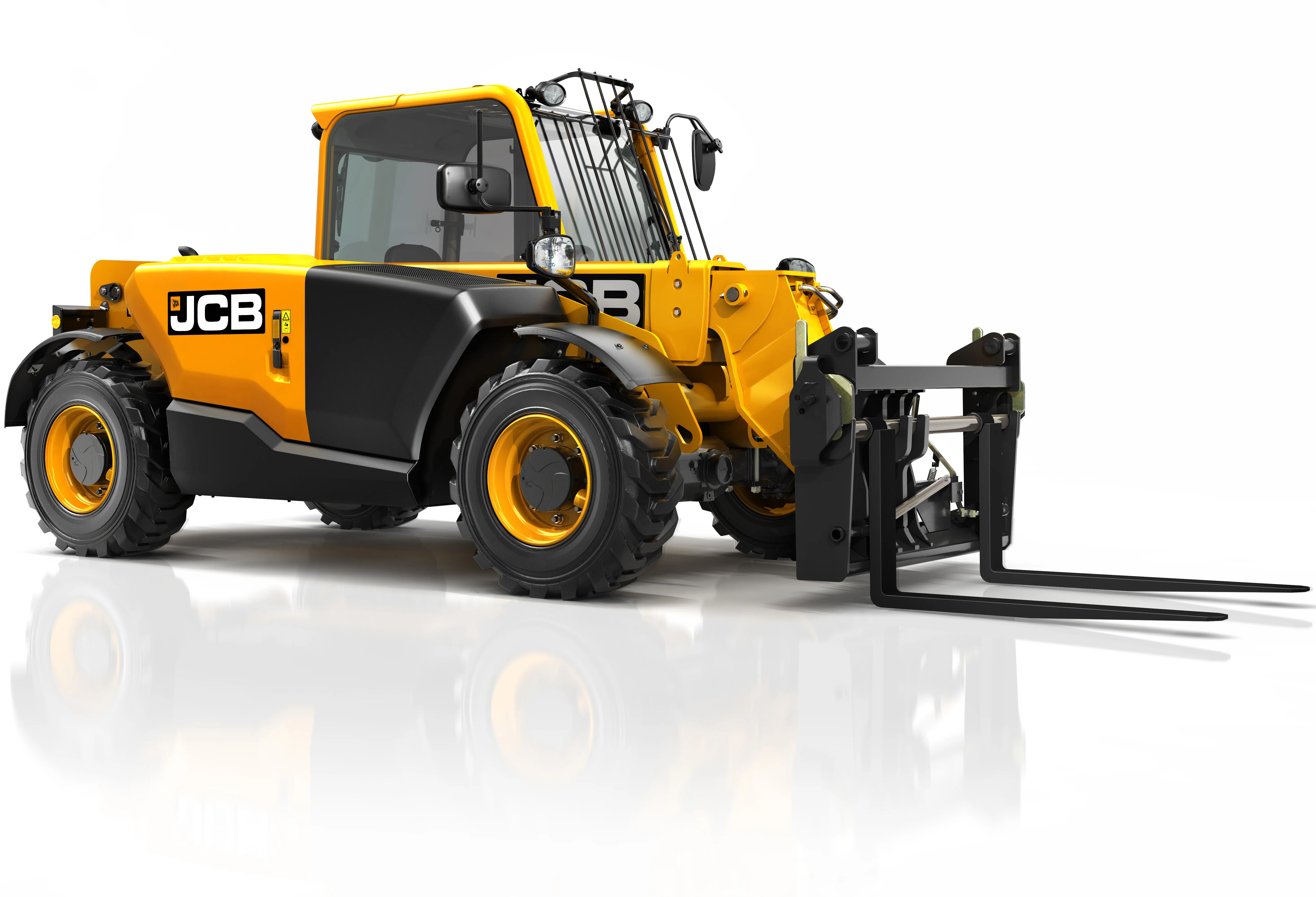New Holland Construction (NHC) says the new version of its W170C wheeled loader being unveiled at bauma is building on the success of its predecessor in the recycling industry, a success built on its claimed as low as 10 litres/hour fuel consumption and best-in-class bucket payload. The new W170C Recycler is said to be designed for the very tough, aggressive and dusty working conditions typical of waste handling and recycling facilities. Its key features include a new heavy duty cooling box; a full package
February 12, 2013
Read time: 3 mins

The new W170C Recycler is said to be designed for the very tough, aggressive and dusty working conditions typical of waste handling and recycling facilities.
Its key features include a new heavy duty cooling box; a full package of protections for extra operator safety and machine durability; claimed more power, less fuel consumption and more uptime with an SCR Tier 4 interim solution; and more pushing power and faster cycles with Ecoshift.
The latest W170C model is also said to offer more grip and less wear with heavy duty axles with open differentials and 100% diff lock.
NHC’s cutting edge cooling system design, where radiators are placed forming a box rather than the traditional approach of having them overlapped, is said to ensure maximum cooling efficiency and makes it easy to clean the radiators.
For the Recycling industry, the radiator in the W170C Recycler is built with more space between the fins so that dust and debris are easily blown away by the reversible fan.
In addition, the cooling box is mounted behind the cab, far from the rear of the machine and from the ground, away from the dust. This placement is said to be possible because of the rear-mounted engine, which has the advantage of easier maintenance from ground level at the back of the loader. This design is claimed to result in a bigger load in your bucket, said to make the W170C Recycler the most productive loader in the 15tonne class.
The W170C Recycler’s protection guards for hoses, lights, cylinders, transmission shaft, fuel tank, windscreen, axles, front and rear chassis are said to ensure the operator’s safety, enhance the machine’s durability and protect its residual value.
NHC’s Selective Catalytic Reduction (SCR) after-treatment solution is said to allow the new model’s engine to deliver 950N.m at 1300rpm with just 6.7litres of fuel; while high combustion temperatures are said to cut particulates emissions by 90%.
A further benefit of the SCR solution is said to be greater safety on recycling jobsites, typically vulnerable to fire ignition risks. The system sprays AdBlue fluid in the exhaust to reduce NOx emissions by 50%, killing the sparks in the exhaust in the process.
%$Linker:








